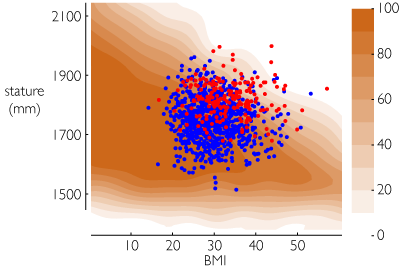
by mbp11 | Dec 9, 2009 | Publications
This study investigates the nature of accommodation in products designed for human variability with the intent of improving tools for design decision-making. Accommodation, which describes the ability of a user to fit or use a device or environment in a preferred way,...
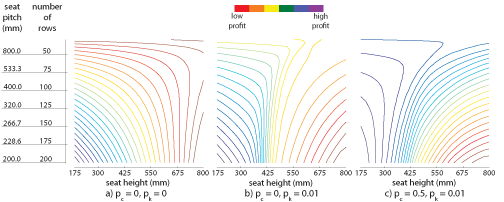
by mbp11 | Oct 1, 2009 | Publications
Integrating the seemingly divergent objectives of aircraft seat configuration is a difficult task. Aircraft manufacturers look to design seats to maximize customer satisfaction and in-flight safety, but these objectives can conflict with the profit motive of airline...
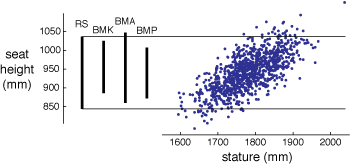
by mbp11 | Sep 16, 2009 | Publications
In the design of artifacts that interact with people, the spatial dimensions of the target user popula- tion are often used to determine requirements of the engineered artifact. The expected variability in body dimensions (called “anthropometry”) is used to indicate...
by mbp11 | Aug 30, 2009 | Publications
Improving the creativity and innovativeness of U.S. graduate students is a mandate for national competitiveness and social well-being. Despite this imperative, many are uncertain about how to best prepare students for tackling the complex design problems of the...
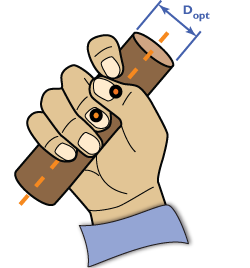
by mbp11 | Aug 30, 2009 | Publications
One goal of Designing for Human Variability (DfHV) is to optimize the interaction between user and device. Often, this interaction is dictated by the spatial dimensions or shape of the artifacts with which people interact. A novel approach that applies DfHV principles...
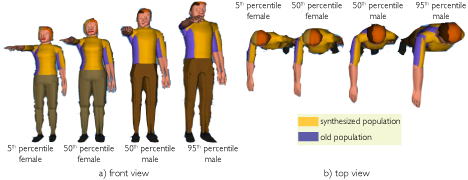
by mbp11 | Jun 9, 2009 | Publications
Digital Human Models are used extensively in virtual manufacturing to evaluate hand clearance and reach. Spatial assessments of accommodation are typically conducted using digital human models representative of the manufacturing population. Unfortunately, these models...





